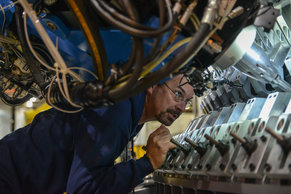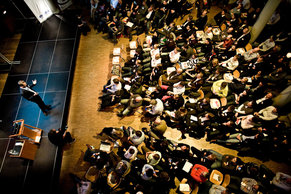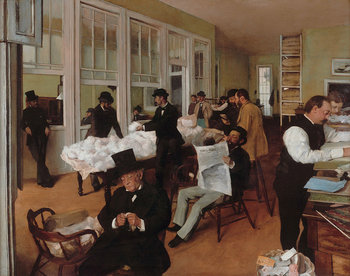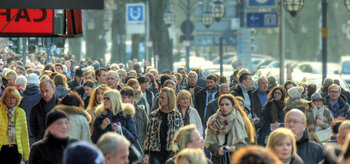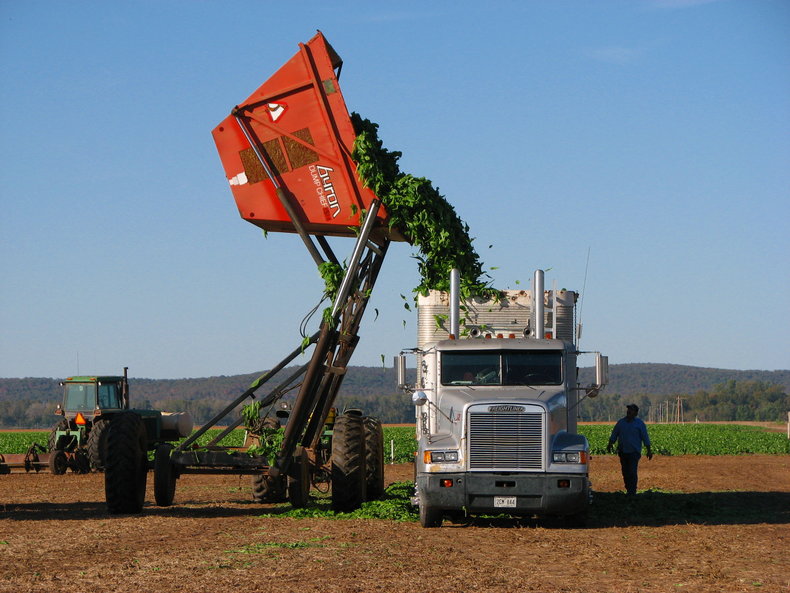
Land
Physical land and the resources that come from it. For example, a hotel that produces value by being on a beach or a forestry company that harvests value from forests. In this context, land is an extremely expansive concept that includes oceans and waterways.Beaches | Data Center Land |
Farmland | Forests |
Metal Deposits | Mineral Deposits |
Oceans | Office Land |
Rare Earths | Residential Land |
Rooftop Space for Solar Panels |
Labor
The productive effort of people. This is influenced by factors such as talent, skills, knowledge, capabilities and health.Carpentry | Construction Work |
Consultants | Customer Service Representatives |
Design Work | Dock Workers |
Engineering Work | Farming Labor |
Government Employees | Pilots |
Research Work | Teaching |
Workers on a Production Line |
Capital
Capital are human built things that make us more productive. This can include tangible capital such as a hammer and intangible capital such as software.Aircraft | Bridges |
Buildings | Computers |
Data | Houses |
Manufacturing Machines | Mobile Devices |
Roads | Robots |
Rockets | Ships |
Software | Solar Panels |
Tools | Tractors |
Vehicles |
Entrepreneurship
Entrepreneurship is the process of creating value with the other factors of production. You can't explain productive output without it as one firm or country may produce more than another with less labor, less land and less capital. The following are common examples of entrepreneurship.Brands | Business Development |
Business Models | Business Partnerships |
Business Processes | Business Relationships |
Business Services | Corporate Culture |
Customer Experience | Designs |
Marketing | Negotiation |
Organizational Structures | Policies |
Procedures | Sales |
Notes
Energy and materials are secondary factors of production that are obtained from land, labor, capital and entrepreneurship.| Overview: Factors Of Production | ||
Type | ||
Definition | Productive elements that can be used to create goods and services. | |
Related Concepts | ||

